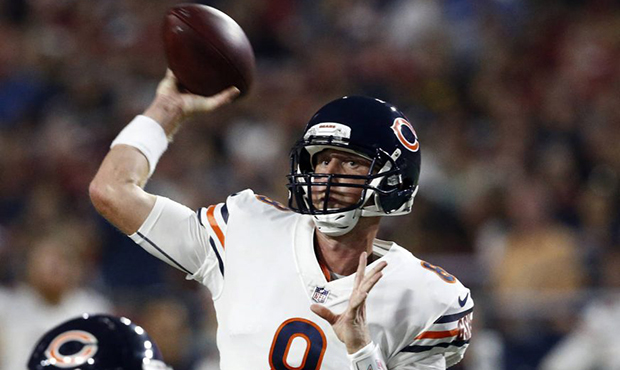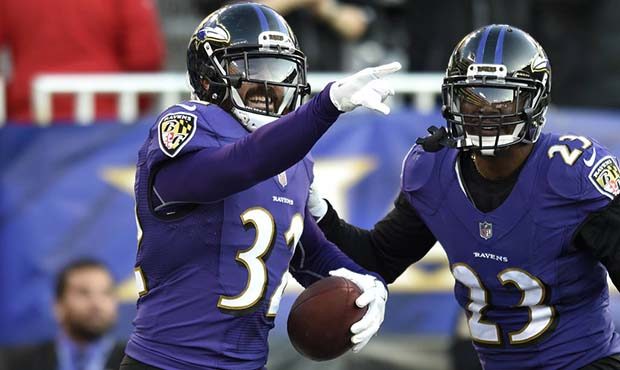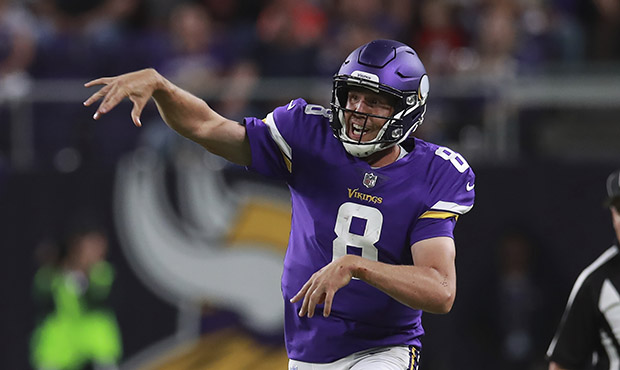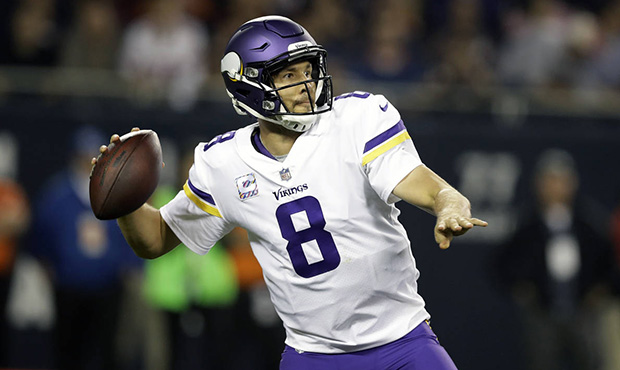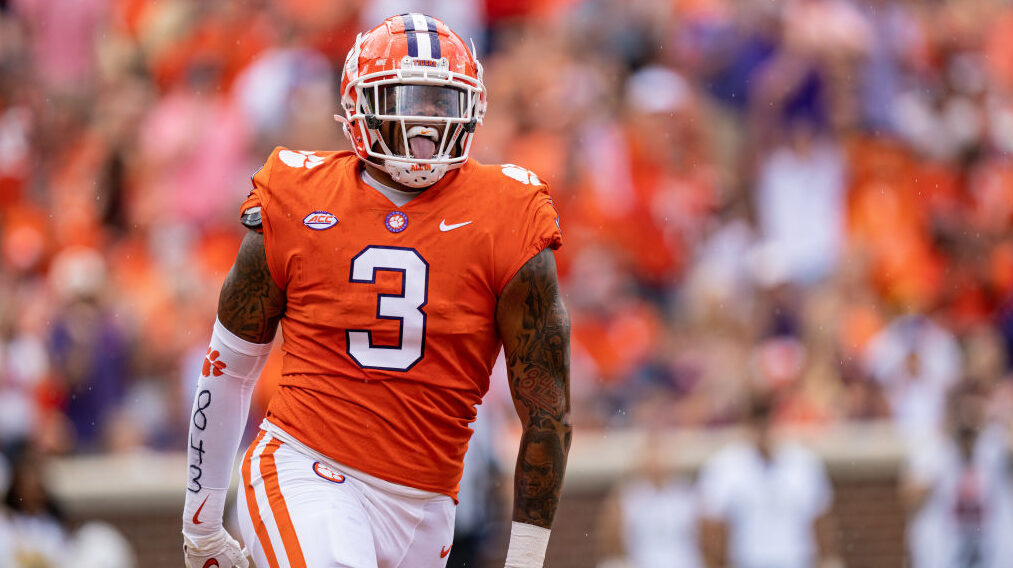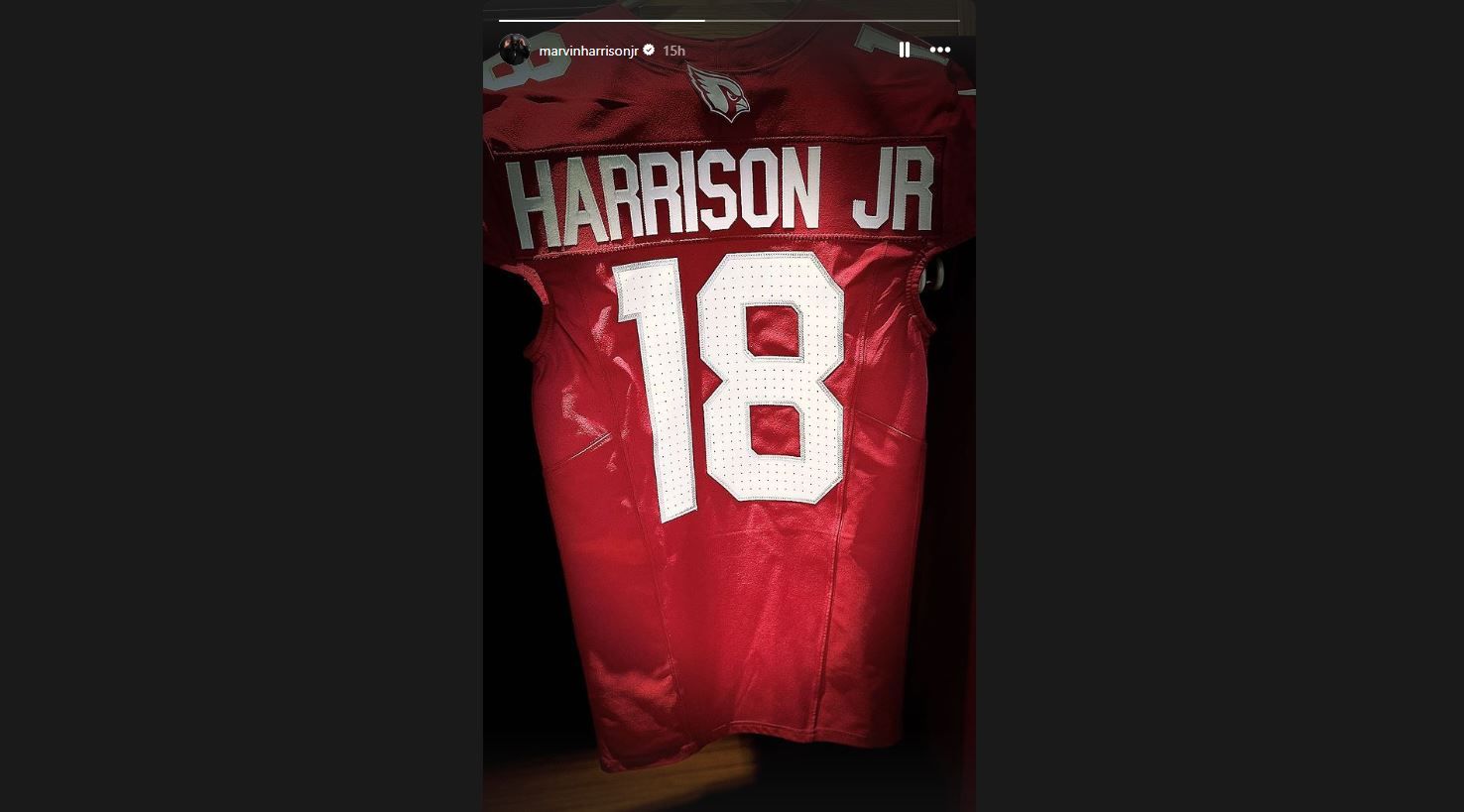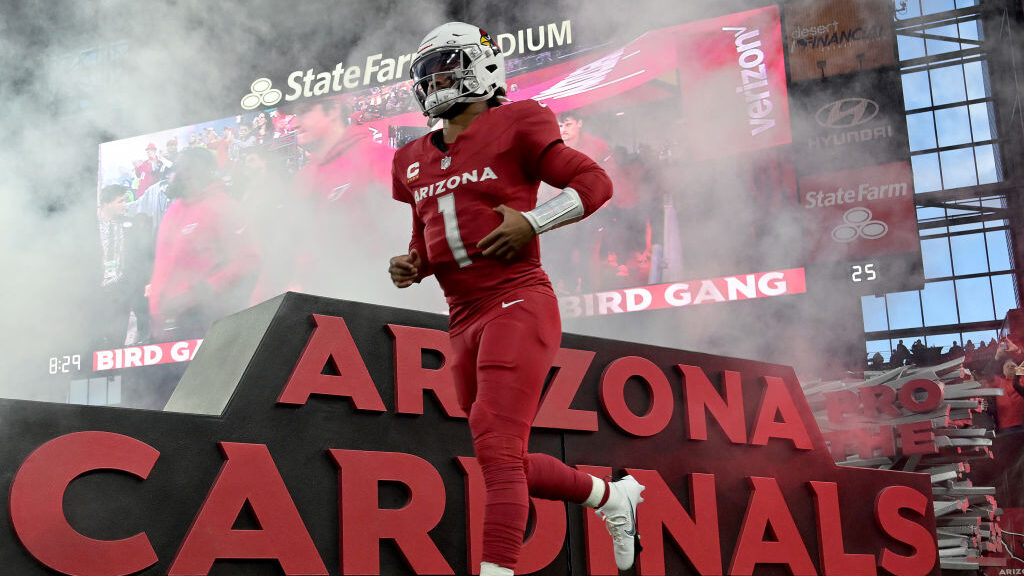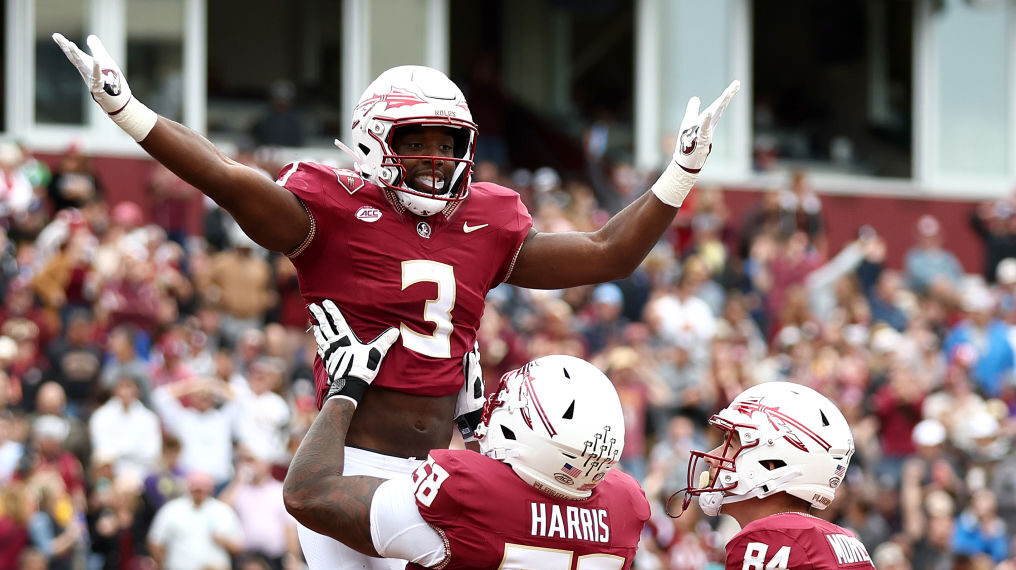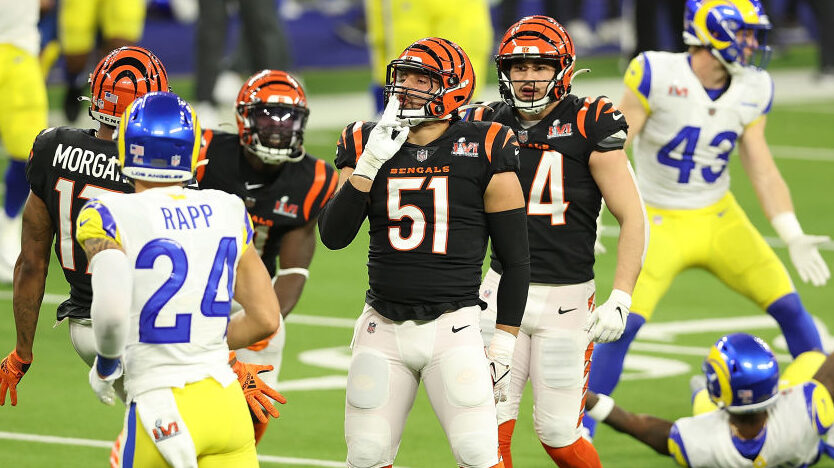Sam Bradford must be a bridge to the Cardinals’ future
Mar 14, 2018, 3:54 PM
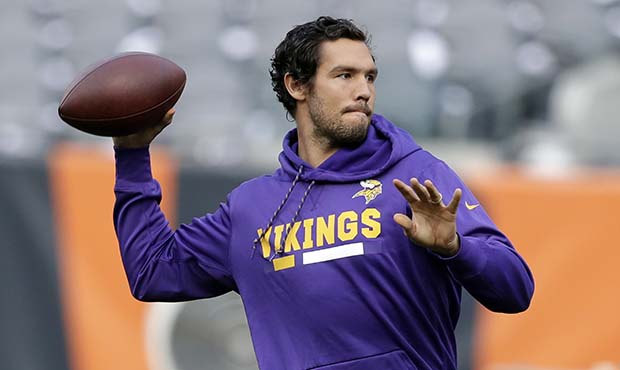
Minnesota Vikings quarterback Sam Bradford warms up before an NFL football game against the Chicago Bears, Monday, Oct. 9, 2017, in Chicago. (AP Photo/Darron Cummings)
(AP Photo/Darron Cummings)
There are two camps forming in Phoenix.
One terms the Sam Bradford signing as a gross overpayment to an injury-prone underachiever whose left knee won’t hold up for more than eight games before he lands on the shelf and forces Chicago Bears 2017 free-agent bust Mike Glennon into action.
The other is ready to declare this one-year, $20 million contract ($15 million is guaranteed with a second-year option) the latest prescient plucking of untapped potential from the quarterback scrap heap — the next Kurt Warner or Carson Palmer.
The truth resides somewhere in between those two extreme opinions, as dull as it makes this column’s clickability.
Bradford, 30, has had two ACL repairs on his left knee (2013 and 2014) and an arthroscopic procedure on the same knee that forced him to miss 14 games last season. That is troubling, no matter what the current bill of health or the Cardinals’ rose-colored projections say.
He played on some awful or just poor St. Louis Rams teams his first four seasons and seemed a mismatch with then-Philadelphia Eagles coach Chip Kelly in 2015, but great players are supposed to lift poor teams, so Bradford deserves his share of blame for failing to do so.
On the flip side, Bradford completed an NFL-best 71.6 percent of his passes in 2016 with Minnesota.
Only four players (Tom Brady, Aaron Rodgers, Matt Ryan, Drew Brees) own higher passer ratings than Bradford among quarterbacks with at least 15 starts the past two seasons. When healthy, Bradford has played pretty well since he reached NFL maturity.
Free-agent signings are prone to overanalysis, little of which will help predict the future. Bradford is a wait-and-see proposition.
The greater question Cardinals fans must ask themselves is this: What else could Arizona have done?
The Cardinals didn’t get Alex Smith because Mr. Smith is going to Washington. They didn’t get Case Keenum, who is, to date, a one-year wonder as he heads to Denver.
They were never going to get Kirk Cousins (even if his sister — eye-roll — lives in the Valley) because the more attractive Vikings threw an absurd amount of money at a guy who has yet to rise above good-not-great status. The Eagles intend to keep Super Bowl-winning QB Nick Foles as insurance against starter Carson Wentz’s ACL surgery recovery.
Bradford was the best option available to the Cardinals and $15 million for a quarterback of his experience is the going market rate.
What his and Glennon’s impending signings — the Bears released Glennon on Wednesday — highlight more than anything is the Cardinals’ plan for the future at this position.
By giving Bradford a one-year deal with an option, the Cardinals are essentially taking a look-see at the potential that made him the first overall pick in 2010. If he lights it up, they have a chance to bring him back, although the nature of that team option is unclear.
If he doesn’t succeed, they can cut bait.
The same goes for Glennon, who some reports tabbed as a potential starter here last season, although the Cardinals never had serious interest in him. Glennon, 28, is fine on a reasonable deal as a backup. No sane analysis of the Cardinals’ quarterback situation can conclude that it isn’t better with Bradford and Glennon than it would have been with Drew Stanton and Blaine Gabbert.
When the 2017 season ended, the Cardinals had no quarterbacks under contract. They have two now, but the biggest piece of the puzzle is yet to come in the NFL Draft in Arlington, Texas, April 26-28.
The Cardinals need to find their quarterback of the future in that draft, whether it’s Lamar Jackson, Baker Mayfield, Josh Rosen, Sam Darnold, Josh Allen or Mason Rudolph. To get that guy, general manager Steve Keim may have to do something he has not been prone to do: move up in the draft.
The Cardinals are currently slated to pick at No. 15. Their guy might be gone by then if you believe the latest in the mind-numbing series of mock drafts that have as many as five quarterbacks going in the first 12 picks.
Would Denver be willing to part with the No. 5 pick now that they have Keenum? Would Cleveland be willing to part with one of its two top-five picks? Is there another club in the mix?
Whatever the cost (within reason) and despite the long odds of that pick panning out as a franchise or very good starter, the Cardinals have to find a way. They have put this off too long.
Arizona hasn’t drafted a quarterback in the first three rounds since 2006 when they selected (deep breaths) Matt Leinart. Palmer’s retirement and the short-term deals of their new QBs have backed them into a corner.
Don’t waste a first-round pick on an offensive lineman that won’t play right away as he adapts to the dramatically different NFL game. Go the free agent route and sign capable veterans that can help Bradford and that QB of the future, who could be pressed into action sooner than expected.
While you’re at it, go find a receiver to team with Larry Fitzgerald — a guy that can help the QBs and provide some hope at that position for the future because he won’t play forever.
The Cardinals’ free agent moves at QB were logical moves, given the limits that their cap situation and current personnel placed on their ability to attract players. Now they have to execute the second, more important part of the plan.
They have to find a QB of the future. They have to put the pieces around that QB and Bradford to set them up for success.
It’s time for Keim to justify that contract extension he just signed.

